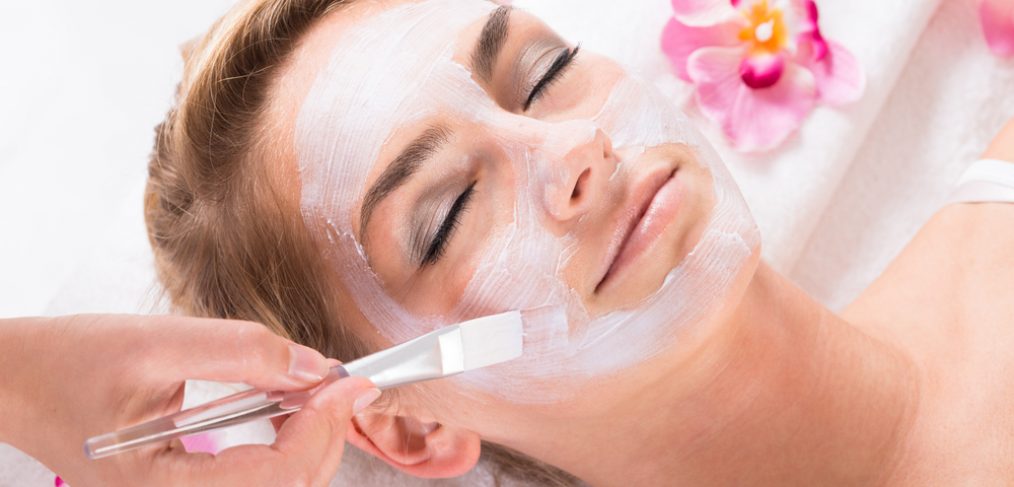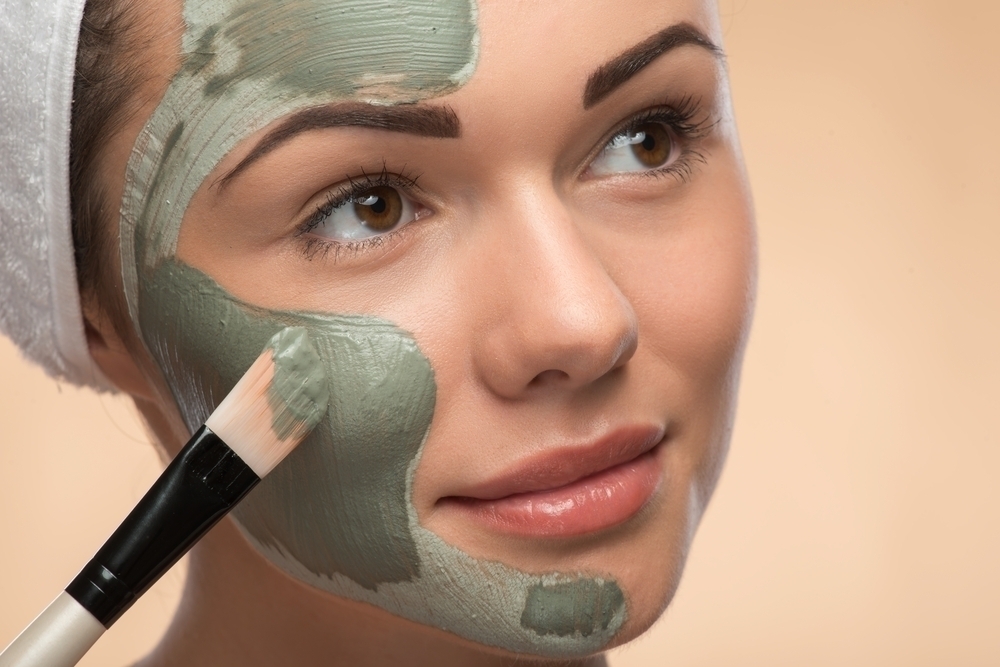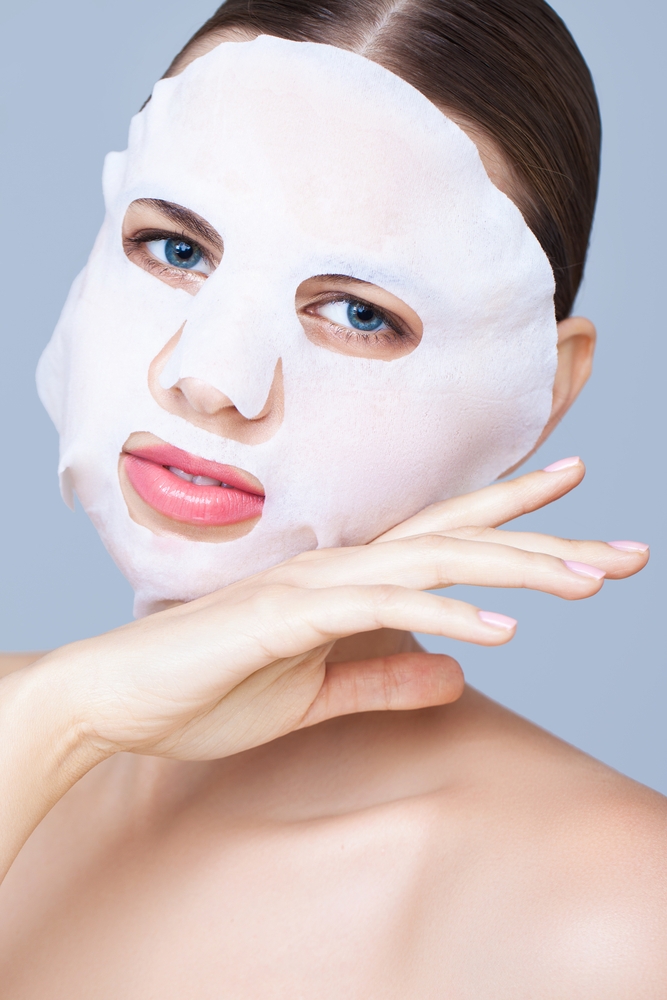The one fact of life that unites us all is that we will all age, and we will all die eventually. There doesn’t seem to be any getting around that fact. While you can (and certainly should if it makes you happy) definitely ameliorate the effect of aging and preserve a healthy, happy, beautiful appearance—because mature skin, even with some wrinkles, is pretty too—by taking good care of yourself and using anti-aging skincare products, among other things, there is as of yet no way for homo sapiens sapiens (i.e. human beings) to achieve immortality or eternal youth.
Of course, that doesn’t stop people from trying. Scientists have long sought after immortality, and bioethicists continually debate whether or not it would be desirable or moral to seek it, or to make it available if it were achieved. Progress is slow but steady, and who knows, you might see the average human lifespan extend even further than it already has within your lifetime.
Theories of Aging
Of course, if we’re going to talk about research on aging, it’s necessarily beneficial to discuss the current theories on the how and why of aging, scientifically known as “senescence.” Senescence refers to the phenomenon whereby many (though not all!) cellular organisms—including humans—gradually deteriorate over time, or age. There are multiple theories as to why senescence exists as a phenomenon, and the scientific community has yet to come to a definite consensus as to which are or are not consistent with reality. That said, it is valuable to know the most prominent theories and how you might be able to use the information to make informed choices about how you live your life and treat your body. As such, we’ll review a couple of the most prominent ones below (note: there are many theories of aging, but these two are some of the more prominent and applicable ones).
Genetic Damage
The genetic damage model of aging dictates that senescence occurs because of accumulated damage to cells’ genetic code over time. Every human cell (and indeed, every cell in every cellular organism) has a complete copy of a person’s genetic code in the form of tightly packed DNA strands in the nucleus of the cell. Because one’s genetic code is encoded in a physical form—chromatin/DNA strands—it can be damaged over time, and repeated mitosis (multiplication of cells) can cause errors in the code, which can build up over time. The genetic damage model of senescence dictates that it is this gradually accumulated deterioration of one’s DNA-encoded genome that causes the effect of aging.
While you can’t stop your cells from dividing or accumulating errors in genetic code, you can forestall this process some simply by avoiding sources of damage. Never tan. Ever. In beds or outside (if you want the aesthetic of tanned skin, use a quality tanning lotion, spray tan, etc). Further, always wear SPF 30 or higher broad-spectrum sunscreen. This will prevent UV radiating from further advancing genetic damage.
Oxidative Stress
Oxidative stress refers to the phenomenon of free radicals being released in oxidation reactions and damaging cells. The oxidative stress model of senescence, in effect, dictates that an accumulation of cellular damage by free radicals, over time, causes deterioration of cellular structures and function, and ultimately causes many symptoms of aging.
While it can’t be stopped completely, oxidative stress can be managed and ameliorated by including lots of antioxidant-rich foods in your diet. These include red wine, pomegranates, blackberries, dark, leafy greens, and many other. In general, just eat a varied, healthy diet with more vegetables than meat, exercise regularly, and enjoy a single glass of red wine and/or antioxidant-rich fruit juice (like pomegranate) every night, and your body will thank you.





















